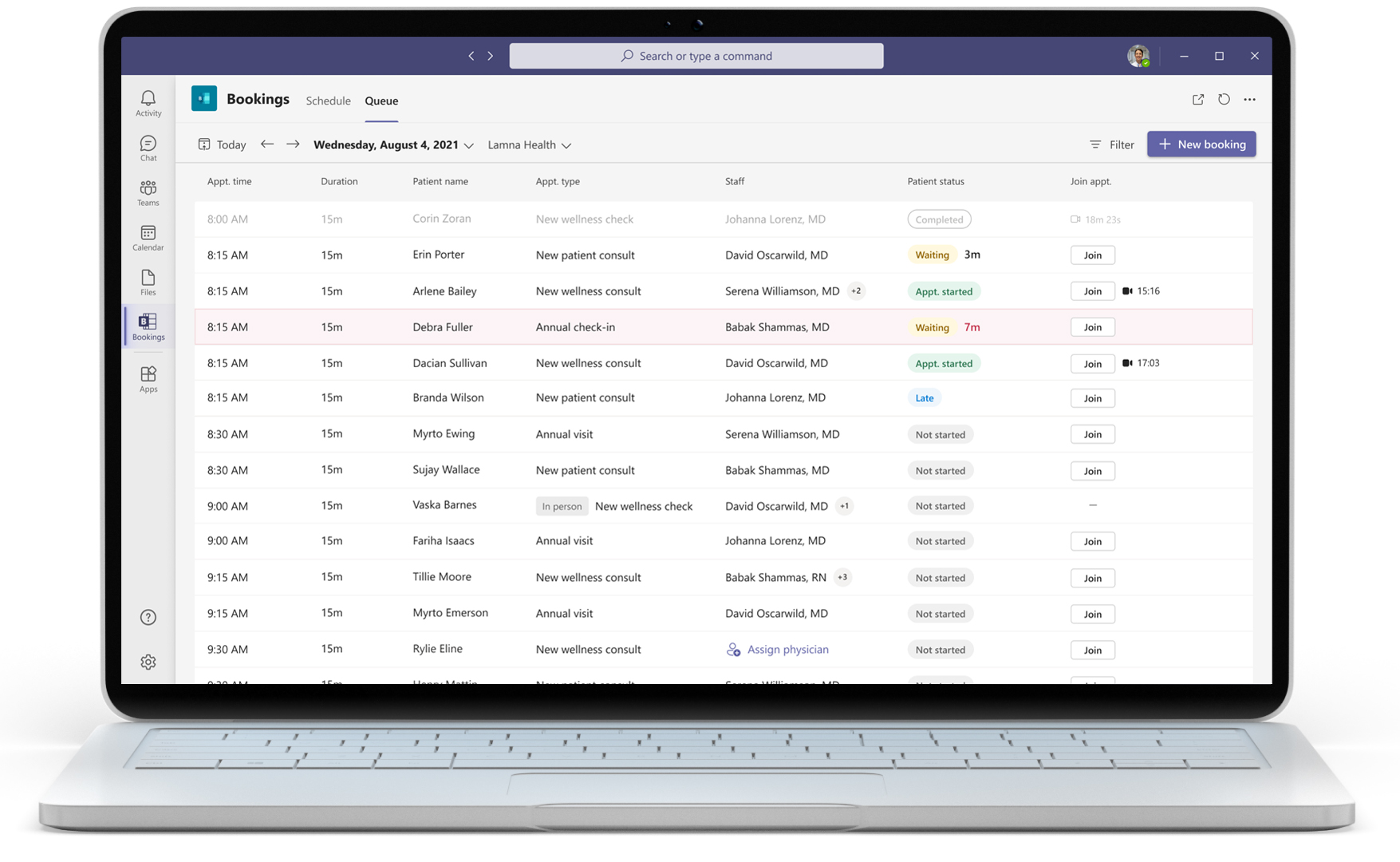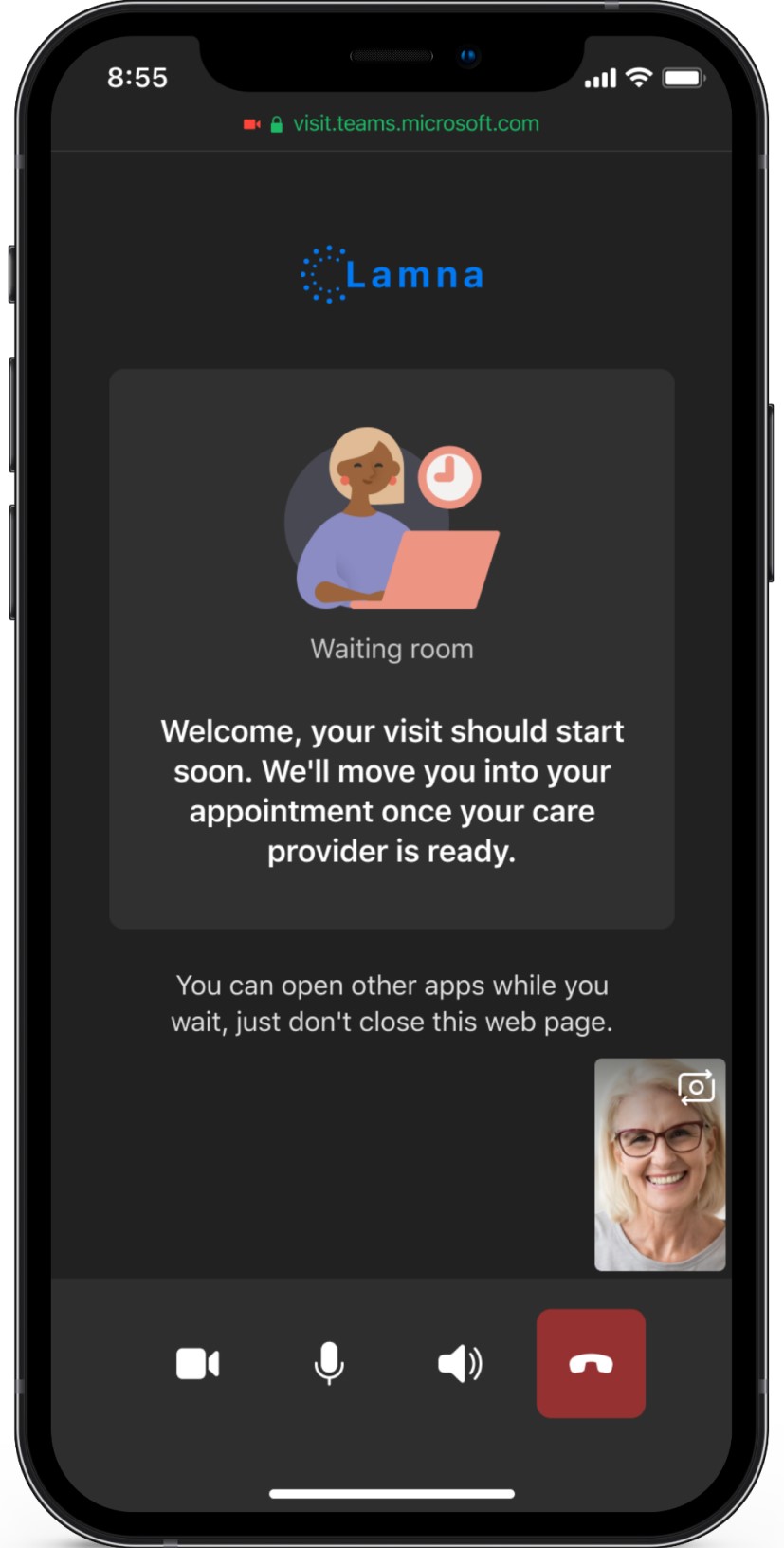COVID-19 has driven rapid acceleration of digital transformation at health systems nationwide. Virtual health, remote collaboration and remote patient engagement are now the norm for clinicians. This revolution in healthcare technology, however, isn't without challenges.
To better understand how healthcare organizations can use technology to empower care teams and patients, Becker's Hospital Review recently spoke with two experts from Microsoft:
- David Newman, Microsoft 365 and Microsoft Teams healthcare product lead
- Evan Westenberger, Microsoft 365 and Microsoft Teams regulated industries marketing lead for frontline workers
Remote collaboration tools must be user friendly, secure and compliant
Increased demand for virtual care and remote collaboration during the pandemic has led to a proliferation of healthcare technology solutions. Unfortunately, many of these tools have complicated clinician workflows, adding distractions and overhead to routine tasks.
"The overhead related to technology is a common cause of provider burnout. This is a major challenge facing health systems, since frontline healthcare workers are already struggling with exhaustion due to the pandemic," Mr. Newman explained.
Security, privacy and compliance are also major technology-related concerns for healthcare leaders. During the pandemic, there was an urgent need for technologies to support virtual care. In response, clinicians immediately turned to tools they were comfortable with.
"Unfortunately, many of the technologies adopted over the last year and a half have major security and privacy issues," Mr. Newman said. "They aren't suitable for healthcare use in the long term."
Many health system leaders are now investing in comprehensive platforms that integrate with existing systems like the EHR and bring together tools for virtual health, care team collaboration, patient care coordination and secure messaging. The key is to find technologies that are easy to use, but also provide enterprise- and clinical-grade security and compliance. Microsoft Teams addresses these challenges.
"We enable simple and secure end-to-end virtual visit capabilities right out of the box and a platform for integration with leading partners in the healthcare domain," Mr. Westenberger said. "Microsoft is committed to providing the highest level of security and compliance to protect health information. A breach of patient data is a breach of trust for healthcare organizations."
Streamlined telehealth workflows reduce clinician burden and lead to a better patient experience
A direct connection exists between the patient experience and streamlined clinician workflows. "The quality of patient care improves overall because providers have more time to focus on patient outcomes, rather than wrestling with process overhead related to the technology," Mr. Newman said.
Microsoft has added functionality to its virtual health workflows so health systems can manage a clinic queue view of incoming patient appointments and clinicians have visibility into the patients' current status. This enables care teams to efficiently manage large volumes of virtual visits.

"When the virtual visit experience is integrated inside the electronic health record context, clinicians have more time to spend with patients," Mr. Westenberger said. "The Microsoft Teams EHR Connector is currently available for organizations using Epic and it is also available in preview for Cerner users."
In addition to improving the clinician experience, Microsoft has also simplified the patient experience for telehealth workflows. "We use Microsoft Teams and Microsoft Bookings to provide SMS appointment confirmations and reminders, where patients can join a visit directly from their mobile device browser with no app install required. We've introduced a new waiting room experience, so patients feel confident that they've completed the necessary steps to connect seamlessly with their healthcare provider," Mr. Newman said. "We're also excited to announce the upcoming preview of custom branded waiting room experiences and integrated Microsoft Forms to streamline the patient intake process."

To support virtual health and care team collaboration, health systems need scalable technology solutions
In an increasingly crowded health IT marketplace, many hospitals and health systems are unsure how to identify the right technology solutions to support their frontline healthcare workers. One best practice is to identify platforms that can scale for the long term and support a broader digital transformation strategy.
"Microsoft Teams is a communication and collaboration hub that scales and aligns with an organization's digital transformation goals and compliance needs," Mr. Newman said. "Major health systems worldwide rely daily on Microsoft Teams for empowering their workforce in both clinical and nonclinical contexts. We now have over 250 million monthly active users of Microsoft Teams."
Microsoft's investments in the healthcare space enable organizations to manage all aspects of digital transformation, from improving the patient experience to coordinating care, driving operational efficiencies and supporting interoperability with existing systems.
Learn more about how healthcare organizations are using Microsoft Teams through this free virtual health and collaboration forum.
